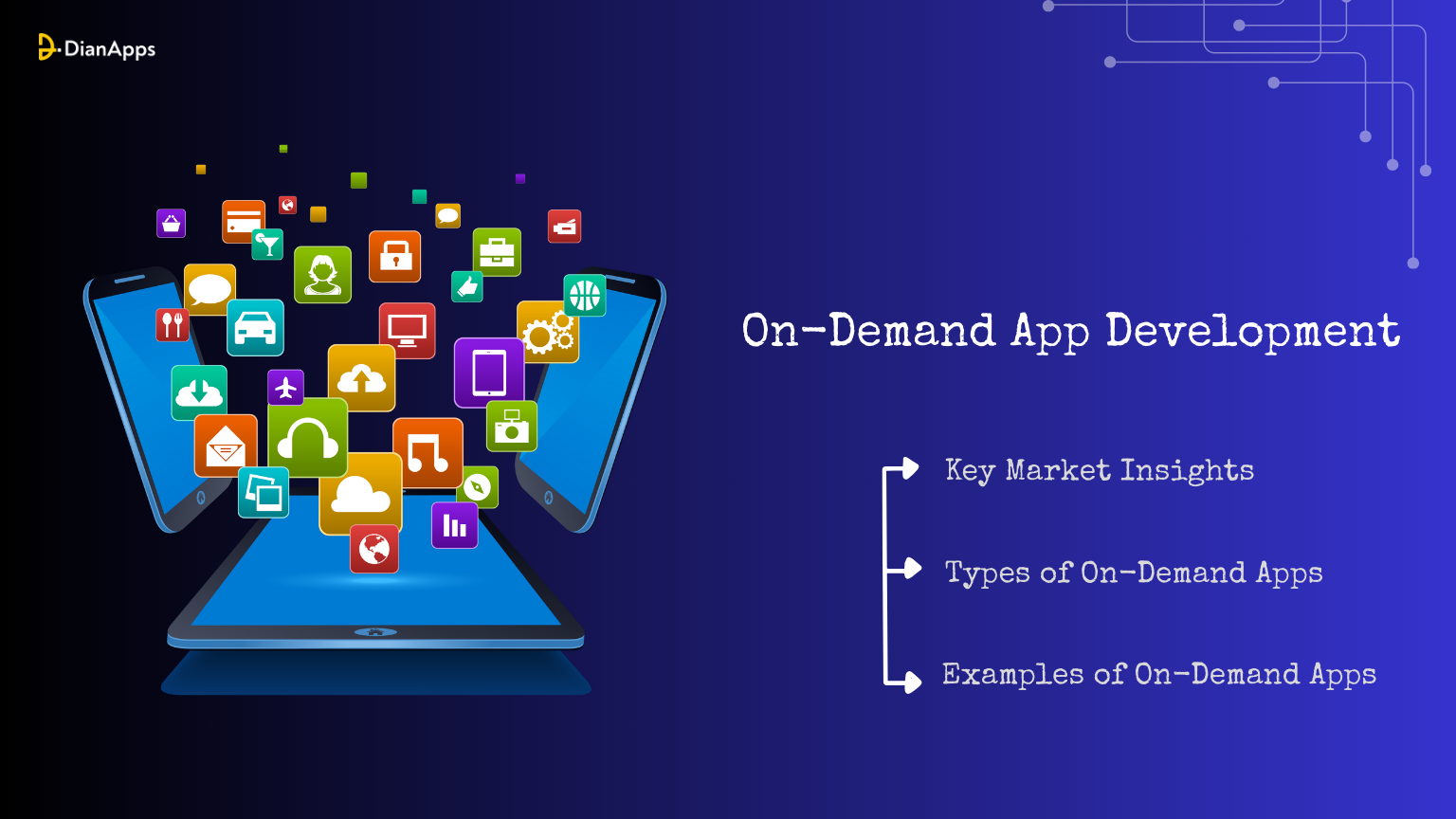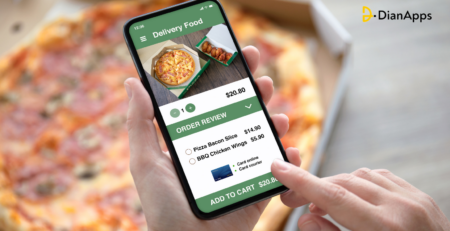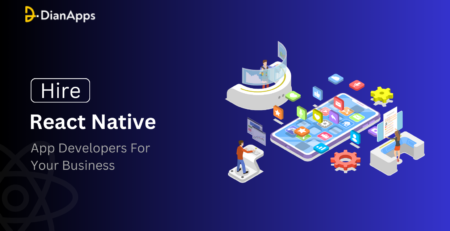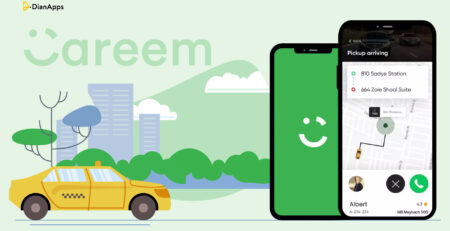On-Demand App Development: Meeting Consumer Expectations
We live in a world where tapping a button can have a cab, a meal, or even a personal trainer arrive at your doorstep all within minutes.
That’s not impatience. That’s how the world works now.
We’re living in the era of on-demand everything, and there’s no going back.
What started with food delivery and ride-hailing has now touched almost every industry. And to keep up with this instant culture, businesses are continuously looking for a reliable on-demand app development company that can build apps users actually want to use.
Here’s what today’s users expect:
- Fast and frictionless
- Personalized experiences
- Real-time updates
- Intuitive design
- Tap-and-go convenience
The truth is, if your app doesn’t deliver instantly, users will swipe it away just as fast.
But if done right? You won’t just meet expectations, you’ll exceed them.
Let’s identify how on-demand app development is changing the game and what it takes to stay ahead in this competitive market.
What is on-Demand Application Development?
On-Demand apps are a digital platform that allows customers to instantly grab products or services without sacrificing quality.
For instance, Uber clone apps allow users to book rides as per their convenience based on rates and time, while food delivery apps essentially bring some unique and delicious cuisines to you in no time.
Now, innovative technology has allowed users to fulfill their needs and expectations more easily, all due to on-demand delivery apps.
Though every on-demand application has some different services which entitles ot serve some unique functions, including technological development and more.
Key Market Insights of On-Demand Application
On-demand application development market is progressively expanding. Growth in this industry can be represented by the fact that what started with the ride-sharing app has now spread across multiple industries such as grocery delivery, real estate, home maintenance services, healthcare, and more.
Now, let’s look at some market statistics:
- PwC report showcases that by the end of 2025, on-demand mobile apps and websites will reach a significant value of $ 335 billion.
- In the next 5 years, on-demand labor market is expected to flourish by 18.5% annually in the upcoming 5 years.
- Today, 20% of the total global companies belong to the on-demand industry. These companies were valued at $1 billion by January 2019, as per the CBInsights report of the Global Unicorn Club.
Different Types of On-Demand Applications
By now, you must have understood that there are different types of on-demand apps, but wondering what those are. So, here you will get to learn about the different types of on-demand applications:
Business to Consumer (B2C)
Business-to-Consumer, as the name suggests, involves delivering products or services directly from the business owner to consumers. These apps allow businesses to create a personalized connection with their customers and allow the convenient delivery of services or products.
Some of the popular examples of such businesses include Domino’s and Starbucks.
Business to Business (B2B)
B2B on-demand app development facilitates the transaction of services and products between businesses. These apps allow businesses to manage inventory, streamline their supply chain, and coordinate logistics more efficiently. Operational costs of the businesses can be reduced by automating processes.
Some of the popular examples of B2B apps are wholesale marketplaces and logistics platforms that connect manufacturers with retailers.
Consumer to Consumer (C2C)
This type of on-demand application development facilitates direct transactions between individual consumers. These platforms don’t have business intermediaries, but still they facilitate users to sell, buy, or exchange goods and services without the involvement of a business intermediary.
Some of the popular examples of this form of on-demand applications are Flipkart, Amazon, Etsy, and more.
Innovative On-Demand App Development Features that can Enhance Consumer Expectations
There are various on-demand applications across the globe, but if you want to excel in this industry, you must think of some innovations to reach consumer expectations. Here, you will come to know more about the unique features that can enhance the user experience:
Personalized User Experience
With an enhanced technology-driven solution, today, consumers look for more hyper-personalized solutions. To provide more personalized solutions, on-demand apps leverage machine learning and artificial intelligence (AI) to analyze user preferences, user behavior, and purchase history. These advanced technologies allow businesses to provide more customized solutions to the users.
Enhanced Security Measures
Data privacy and security concerns of the customers have increased with the rise of digital transactions across the industry. This year, the on-demand industry focuses on providing more advanced encryption methods, multi-factor authentication, and secure payment gateways to enhance trust and build a safe user experience.
Instant and Seamless Services
Most of the consumers are struggling with their busy lives and look for instant services. Today, it has become possible with the integration of 5G technology, allowing instant booking services, quick deliveries, and real-time tracking facilities. This advancement allows businesses to provide anytime and anywhere services to customers.
Integration with Emerging Technologies
Some of the innovative tech-stacks, such as virtual reality, augmented reality (AR), and blockchain technology, can seamlessly enhance on-demand space. For example, AR technologies are used to provide a visual experience to customers to make better decisions, while blockchain is used for safe and secure transactions.
Sustainability in On-Demand Services
With an increasing environmental awareness, users are continuously looking for more eco-friendly solutions. Looking at this, most on-demand applications are adopting green initiatives, such as using electric vehicles for deliveries, minimizing packaging waste, and offering eco-friendly products. So, today, on-demand applications must properly align with the values of environmentally aware customers.
Subscription Models and Loyalty Programs
On-demand apps are providing loyalty incentives and subscription plans in an effort to keep users. By offering special advantages, price breaks, and priority services, these programs encourage regular use and build enduring relationships with clients.
Diverse Industry Applications
On-demand applications are used in a wide range of industries, including food delivery and transportation. In 2025, we anticipate their domination in sectors that serve a broader range of customer demands, including healthcare (telemedicine applications), education (on-demand tutoring), home services (immediate repair reservations), and an on-demand travel app.
Prominent Examples of On-Demand Apps
Let’s discuss some of the popular on-demand service apps:
Instacart
Instacart is a famous on-demand food delivery application, which is widely used in North America. This application allows customers to place orders for online groceries and receive them at their doorsteps within an hour.
This application saves the customer time in browsing items, adding them to the cart, and browsing them. It also saves travelling time and cost. Look at the steps to build an app like Instacart.
UberEats
Uber Eats is another prominent example of an on-demand food delivery application. It allows foodies to get their favorite food in less than one hour. Now, customers can enjoy their meal right at their doorstep.
Netflix
Netflix is a popular video streaming application across the world. It provides access to multiple films, documentaries, and more shows.
Users can get access to all the premium shows with a basic or premium subscription plan.
Saucey
Saucey is a widely used on-demand alcohol delivery app that delivers all types of alcoholic beverages such as wine, rum, beer, spirits, and more. With this app, users can get alcohol in less than 15-20 minutes. It also provides delivery scheduling convenience.
GoPuff
GoPuff is a dedicated on-demand application that delivers a large variety of snacks and household essentials directly to customers in less than 30 minutes. This service meets the demand for quick access to everyday items.
Innovative Trends of On-Demand Mobile App Development
There are various types of on-demand applications, each of which fulfills specific customer needs. Innovative functionality requires innovative trends, so read further to learn about them:
Service-Based Applications
These apps allow users to connect with expert professionals, ensuring to deliver specific services such as personal coaching, home repair. Some of the popular examples of this application are Thumbtack and Handy.
Rental-Based Apps
These are dedicated platforms to rent any products for a specific period. Some of the prominent examples of this industry are Getaround and Rent.
Peer-to-Peer Services
These apps facilitate direct interaction between individuals, allowing users to exchange services and products without traditional intermediaries. Popular examples are TaskRabbit and Depop.
Product-Based Apps
Such apps are focusing on delivering products ranging from food delivery to retail(omnichannel). Popular examples include Instacart for groceries and Amazon Prime Now for retail items.
Recommended Read: The Rise of Hyperlocal On-Demand Apps: The Next Big Trend in Convenience
Benefits of On-Demand Apps for Businesses
Ever thought why businesses are constantly looking to adopt on-demand app development? Here are some benefits of using on-demand app development:
Expansive Customer Reach
Geographical location limitations are eliminated with the on-demand app facilities. For instance, a food delivery app like Uber Eats operates in various locations across the globe, showcasing the extensive reach of the on-demand app solutions.
Real-Time Data Insights
Based on the user behaviour preferences and interests, most apps provide valuable data. For example, Grubhub offers restaurants insights into popular menu items and customer ordering patterns.
Subscription Plans
Most of the on-demand apps provide subscription plans that provide some additional benefits to the users for a recurring fee. For example, an app like MasterClass provides premium features through different subscription models.
Integrated Customer Support
The on-demand application usually provides built-in features and customer support services through live chats or in-app help desks, to help customers with instant queries and issues. For example, Airbnb provides timely customer support within the app.
Flexible Business Models
There are various monetization strategies available for on-demand apps, such as subscription models to commission-based earnings. Some of the common examples of these include Spotify, which uses a freemium version to attract more customers.
Reduced Overheads
On-demand platforms like Airbnb are used to book temporary stays, which saves the cost of owning and maintaining physical assets, resulting in substantial cost savings.
Scalability
Some of the popular on-demand apps, such as Dropbox, allow users to scale rapidly, using their user base significantly within short periods.
How to Build a Successful On-Demand Application?
Developing an on-demand application is not a simple process; it includes multiple stages shown below:
- Identify the Problem You’re Solving: First, ask yourself: What need does this app fulfill? Whether it’s a food delivery or home cleaning app, make sure there’s a specified demand for the application.
- Know Your Audience: Once you have a clear understanding of what all features your app must provide, start understanding your customer behaviour, expectations, and pain points. This step helps in shaping features that are actually required.
- Choose the Right Business Mode: You must have a clear understanding of the revenue model, like if you want to provide service free of cost or you will offer some subscriptions.
- Connect with Development Companies: Ensure to get in touch with the right mobile app development company that can make an innovative application. Ensure to hire a team that has a clear understanding of the trends and market.
- Prioritize User Experience: The Interface of the application must be clean, intuitive, and fast. The user should be able to place a request in just a few taps.
- Integrated Real-Time Features: While developing an app, ensure to incorporate features such as in-app chat, instant notification, and live tracking. These features are used to keep users engaged and informed.
- Testing Stage: Once an app is developed, ensure to test it through different types of testing, such as automated testing, unit testing, and more. This step allows bug fixing, performance improvement, and listening to real user feedback.
- Launch Smart, Then Iterate: Start with a soft launch or MVP. Gather data, analyze usage, and improve the app continuously based on insights.
Final Words
The way we access services has changed, faster, smarter, and more user-focused than ever. On-demand apps have not only redefined convenience but also raised the bar for how businesses connect with their audience.
Whether you’re building from scratch or scaling an existing idea, success lies in understanding what users truly expect and then going a step beyond. As technology continues to evolve, so will consumer demands. Staying ahead means staying adaptable, innovative, and deeply user-centric.
This isn’t just about keeping up, it’s about leading the way forward




